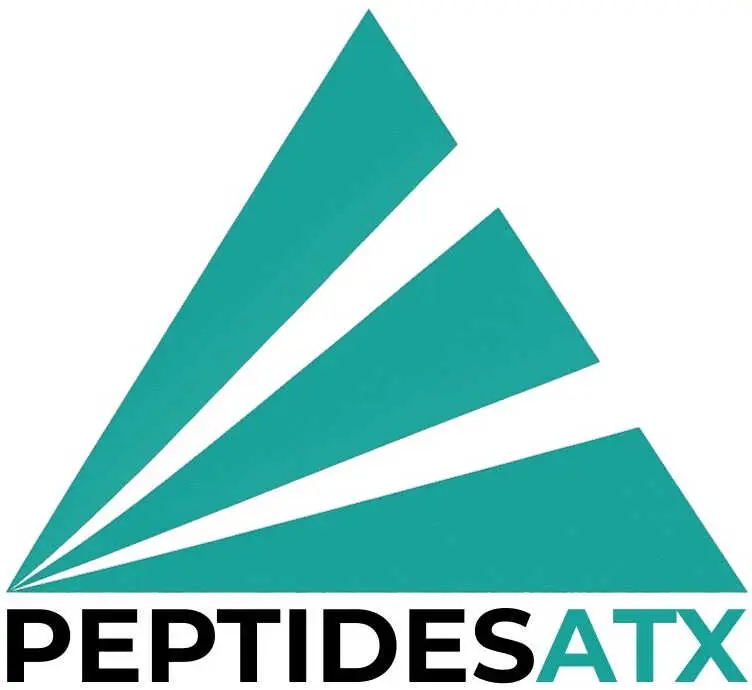Subtotal: $40.00

Description
BPC-157 and TB-500 are two peptides frequently studied for their roles in tissue repair and regeneration. While each functions through distinct biological pathways, research suggests that their combined use may offer complementary effects in supporting recovery.
BPC-157 is a synthetic peptide derived from a protective protein found in the gastric lining. In preclinical studies, it has been shown to promote healing of muscle, tendon, and ligament tissue by enhancing angiogenesis (the formation of new blood vessels) and modulating growth factor activity. TB-500, a fragment of the naturally occurring Thymosin Beta-4 protein, has been studied for its involvement in cell migration, tissue regeneration, and the modulation of inflammatory responses.
The potential synergy between these two peptides is of particular interest in research models. BPC-157 may support improved blood flow and inflammation control, while TB-500 may aid in directing cellular activity toward sites of tissue damage. Together, they may help accelerate the repair process, especially in cases of physical injury or degenerative conditions where tissue recovery is impaired.
It is important to note that while the results observed in animal studies are promising, the use of BPC-157 and TB-500 remains limited to preclinical research. These compounds are intended strictly for laboratory research purposes only and are not approved for human or veterinary use.
Potential BPC-157 and TB-500 Synergy in Wound Repair –
Preclinical research suggests that BPC-157 and TB-500 may work synergistically to support tissue repair, as each peptide engages distinct biochemical pathways involved in the healing process.
Cell Migration-
Effective tissue repair relies heavily on the activity of fibroblasts and immune cells, which play key roles in regulating the extracellular matrix and coordinating the healing response. For these cells to function properly, they must migrate efficiently to the site of injury — a process that is closely tied to the dynamics of the structural protein actin.
BPC-157 has been studied for its ability to influence actin production at the genetic level, potentially enhancing the availability of actin for cellular processes. TB-500, known for its affinity to bind actin, plays a role in directing actin to areas where it is most needed for filament formation and cellular movement. When studied in combination, BPC-157 and TB-500 appear to complement each other’s actions, potentially supporting increased actin availability and improved cell migration in preclinical models.
The Growth Hormone Link-
BPC-157 and TB-500 have both been studied for their potential interactions with growth hormone pathways during the tissue repair process. Preclinical findings suggest that BPC-157 may enhance the expression of growth hormone receptors on fibroblasts, potentially supporting cell longevity and regenerative activity. TB-500 may complement this effect by promoting actin availability, allowing fibroblasts to maintain structure and mobility throughout their extended function.
The combination of BPC-157, TB-500, collagen, and a growth hormone secretagogue has gained interest in laboratory settings for its potential to impact multiple mechanisms involved in tissue recovery. However, it is important to note that these compounds are provided strictly for laboratory research purposes only and are not intended for human consumption or therapeutic use. Research remains ongoing, and any conclusions should be limited to controlled experimental models.






Reviews
There are no reviews yet.